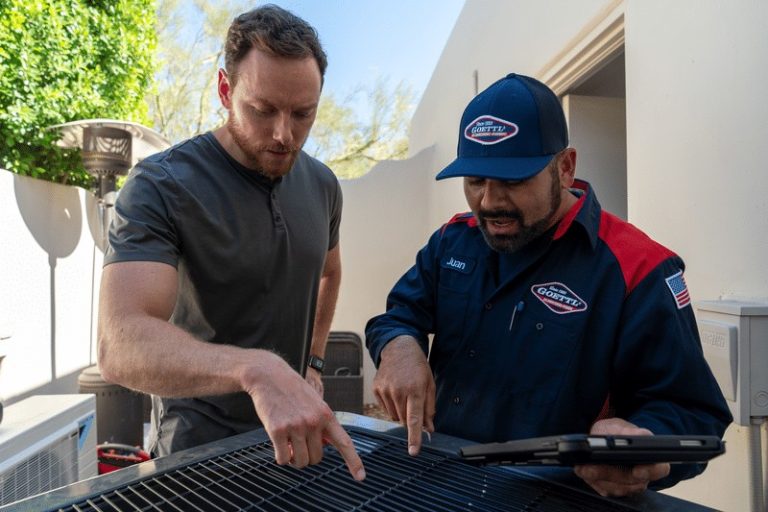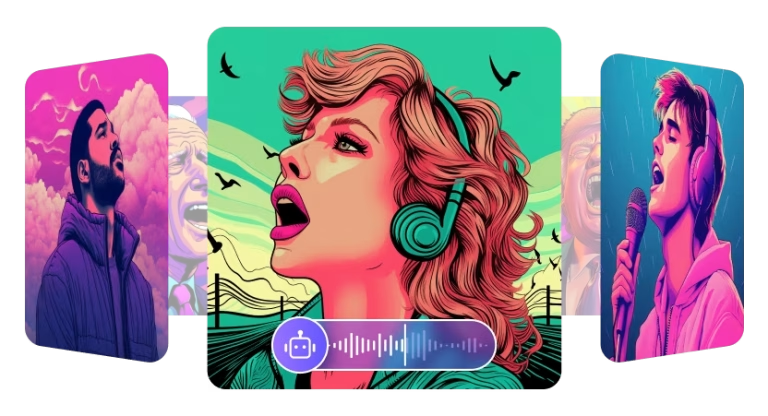In the ever-evolving world of digital media, face swap technology has emerged as one of the most entertaining and powerful tools for content creators, social media users, and even professionals in filmmaking and marketing. With the rise of AI face swap platforms, users can now create realistic and seamless swaps that were previously unimaginable. As this technology continues to improve, the ability to perform multiple face swaps in a single video or photo is unlocking new creative possibilities and transforming how we interact with digital content.
What is Face Swap?
Face swap is a way to change someone’s face in a picture or video to look like another person’s face. This can be done for entertainment, anonymity, art, or even practical effects in media production. Traditional face swap techniques used manual editing, which was time-consuming and often looked unnatural. However, with the introduction of artificial intelligence, face swapping has become faster, more realistic, and accessible to everyone with just a smartphone or laptop.
The Rise of AI Face Swap
AI face swap technology uses deep learning algorithms, which is a type of AI known as deepfake, to precisely match facial features, expressions, lighting, and skin tones. These models are trained using big sets of human face images and can look at and copy facial expressions as they happen right away. The result is a highly realistic swap that can be applied to both static images and live videos.
What sets AI face swap apart from older versions is its precision. It can adapt to different facial angles, lighting conditions, and even emotions. This makes it ideal not only for fun but also for serious applications in the film industry, social media campaigns, and even identity protection.
Popular tools and apps such as Reface, FaceApp, and DeepFaceLab use AI face swap technology to allow users to insert their faces into movie scenes, music videos, or celebrity photos with stunning accuracy. These tools have attracted millions of users worldwide and sparked viral trends on platforms like TikTok, Instagram, and YouTube.
Multiple Face Swap: Pushing the Limits of Creativity

One of the coolest things happening here is being able to swap multiple faces in one piece of content. This means several people’s faces can be swapped simultaneously in a group photo or video. This functionality is especially popular in group selfies, family videos, or comedic skits where users want to swap everyone’s faces for a hilarious result.
Imagine a parody video where all characters have the same face, or a marketing campaign where a brand ambassador’s face is swapped with fans for personalized promotions. The possibilities are endless.
The use of face tracking and motion detection ensures that each face stays aligned and expressive throughout the content.
Ethical Considerations and Responsible Use
As with all AI innovations, face swap technology brings with it certain ethical challenges. AI face swap can be misused for creating misleading content, impersonation, or even deepfake fraud.
It’s important to ensure that consent is obtained before using someone else’s face in any media. Platforms and developers are becoming more vigilant in detecting and flagging unethical usage. Watermarking, authentication tools, and usage guidelines are now commonly implemented to protect individuals’ identities.
Furthermore, many platforms are now encouraging users to use AI face swap only for entertainment, satire, or clearly fictional scenarios.
The Future of Face Swapping Technology
The future of AI face swap and multiple face swap technology seems really bright. With the integration of augmented reality (AR), users will soon be able to swap faces in real time during video calls, virtual meetings, or gaming sessions. Educational and professional sectors may use this technology for training simulations, historical reenactments, or character-driven storytelling.
Moreover, as the algorithms continue to advance, face swap tools will become even more intuitive and customizable. Users might be able to fine-tune facial expressions, blend features, and even generate entirely new identities for avatars in the metaverse.
Final Thoughts
Thanks to improvements in AI face swap technology, users can now get realistic and smooth results that are both enjoyable and useful. The addition of multiple face swap capabilities has taken creativity to the next level, empowering users to craft unique and engaging content.
As long as ethical practices are followed, face swapping can remain a powerful and safe tool in the digital era — one that blends innovation, creativity, and entertainment in a face-forward way.




